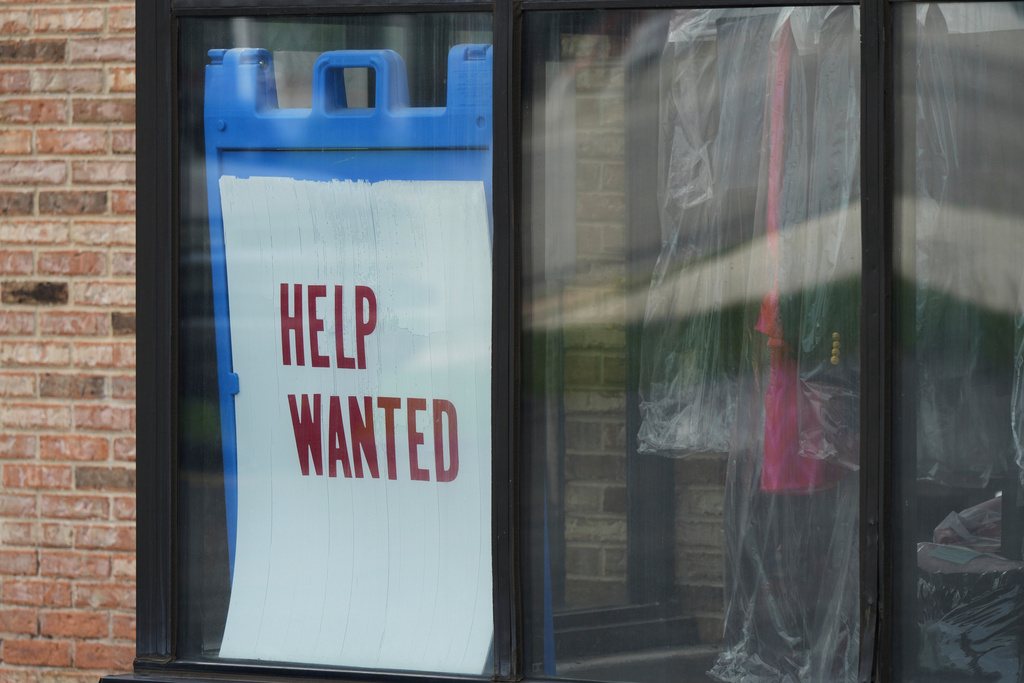In October, Chicago public school teachers went on strike demanding smaller class sizes and additional staff. But, as Newsy reported, teachers also wanted administrators to address homelessness, which affects 17,000 Chicago students.
Jesse Sharkey, CTU's president, said: "When we brought it to the table, we were originally met with scorn and derision. And they told us this doesn't belong here."
Mayor Lori Lightfoot initially pushed back on that demand, saying in a statement that a labor contract was not the "appropriate place" to address it. But now, the teachers' newly ratified agreement with the city establishes and funds full-time support staff to address student homelessness.
Chicago joins Boston as one of the two largest school districts in the country that addresses student homelessness in labor contracts. Jackson Potter teaches history and is part of the Chicago Teachers Union bargaining team. He has seen firsthand how homelessness impacts students.
Cat Sandoval: "Why was it important for Chicago teachers to include this in their labor contract?
Potter: "We care deeply about our students, their lives, their stability, their ability to succeed. And when they're homeless and their families don't have a stable place to raise them, it has all kinds of repercussions for health, attention, self-worth. ... And if we don't fight for them, then it really is a detriment to the work we do every day and their potential and their needs as human beings."
A new report from Chaplin Hall at the University of Chicago drew a direct link between homelessness and educational attainment. Homeless high school students were less likely to go to college. And young adults who didn't get a high school diploma or GED were 4.5 times more likely to experience homelessness. In other words, housing instability can impact a student's chances at seeking higher education — and lack of education can also lead to homelessness. There are 1.36 million homeless students in the U.S. Chicago alone has 17,000, and they are disproportionately black.
Sandoval: "Does it make it harder for teachers to do their jobs?"
Jackson: "Absolutely. I'm not a social worker. I don't always, you know, hone in or notice when a student is experiencing something traumatic. ... So on a basic level, most teachers know that's a sign that's something's wrong. But it doesn't necessarily mean we're equipped to evaluate it, provide the kind of housing assistance or support."
Under the new contract, school community representatives will be assigned to work with homeless students and their families to remove enrollment and attendance barriers and provide housing resources. Schools with 75-139 homeless students will each get one representative. Schools with 140 or more homeless students will get two. Patricia Nix-Hodes from the Chicago Coalition for the Homeless says the new rule could impact dozens of schools.
Nix-Hodes: "In January of 2019, 25 schools had between 75 and 139 homeless students. And seven additional schools had more than 140 homeless students."
But the contract stipulation that officials assess student homelessness numbers on the last day of the first semester instead of the tail end of the school year could lead to inaccurate counts.
Nix-Hodes: "In June of 2019, 35 schools had between 75 and 139 homeless students, and seven schools had more than 140 homeless students. ... As the school year goes on, more and more students experience homelessness. So to get a complete and accurate count, we should be measuring the number at the end of the school year. That would provide the greatest support to the greatest number of students who are experiencing homelessness."
Potter: "When we made our initial proposal, we were shooting for the stars, like we think every student who's homeless should be provided a unit of housing for them and their family."
Potter says even though the contract doesn't have everything they wanted, it's a start.
Nix-Hodes: "The added support for homeless students in this contract will change the trajectory of student lives. ... When students in these schools have added support to remove barriers to their enrollment, attendance and success, they will be on track to graduate from high school and thereby preventing homelessness later in their lives."




 Chicago Teachers' Strike Highlights Student Homelessness
Chicago Teachers' Strike Highlights Student Homelessness Assessing Kids' Mental Health A Year After The Camp Fire
Assessing Kids' Mental Health A Year After The Camp Fire






